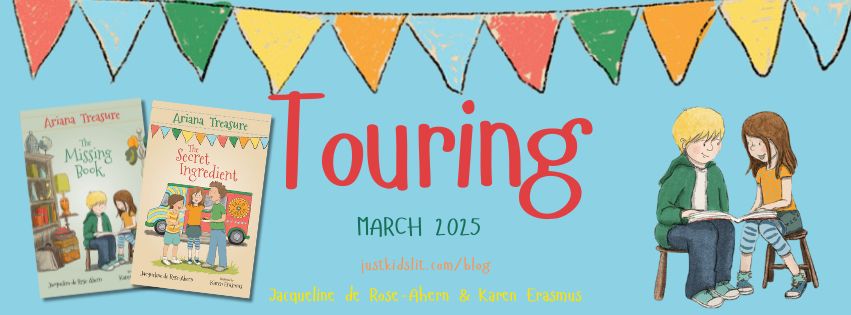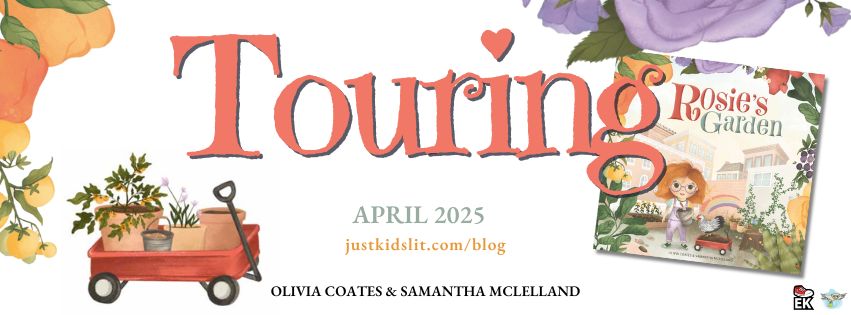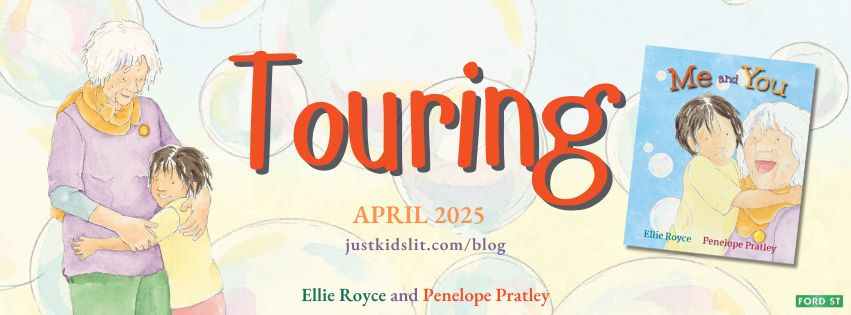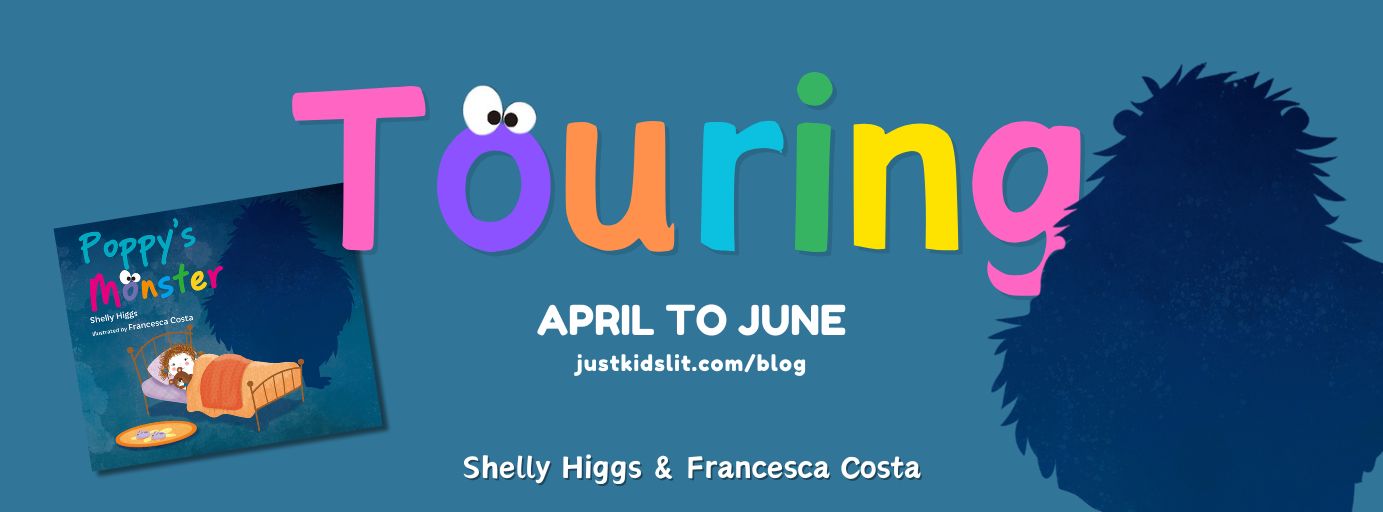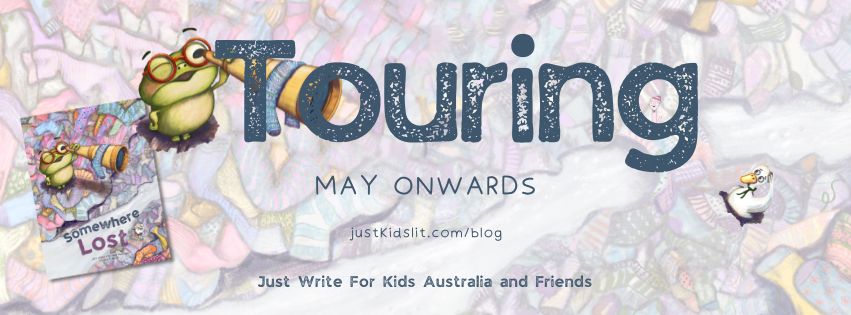 In Part 2 of finding out how intrepid pioneer Jan Latta carved out for herself a publishing niche, Jan talks about some stories behind her adventures and her marketing and promotion strategies. To recap part one, click here.
In Part 2 of finding out how intrepid pioneer Jan Latta carved out for herself a publishing niche, Jan talks about some stories behind her adventures and her marketing and promotion strategies. To recap part one, click here.
Jan, how do you walk the fine line between fact and fiction in bringing the animals stories to life? How much do you attribute human emotions/motivations to them?
The True to Life Books are called creative non-fiction because the animals ‘talk’ to children in the text. I always get a scientist or professional to check the final copy to make sure the facts are correct. I think children will always relate to animals, and the photographs and videos help the stories to come alive.
Your books have activity pages for children as well – do you make these or outsource the creation of them?
I always outsource. Serena Geddes and Thomas Hamlyn-Harris for the puzzles, illustrations and colour in pages.
What is your aim in writing these stories?
My aim is to educate children about endangered animals, so they can be aware that some animals may disappear from earth. At question time a young boy said he had an ivory ornament at home, but he didn’t realise an elephant had been killed for that ornament.
 We hear very often of the difficulties in selling self-published books, and yours have been very successful. How have you gone about marketing and promoting your books and where are they available?
We hear very often of the difficulties in selling self-published books, and yours have been very successful. How have you gone about marketing and promoting your books and where are they available?
This has been the most challenging part of publishing. Years ago I was lucky to have two big distributors, but unfortunately they both went out of business. My next distributor was INT books, but the owner is closing down and retiring. JB books stock my books if the animals are in regional zoos.
Some bookshops are happy to stock their ‘local author’s’ books. Paul MacDonald at The Children’s Bookshop in Beecroft, is wonderful promoting authors and their book launches.
But, the majority of my book sales come from school presentations and festivals in Australia and the Asia Pacific region.
You seem to have a loyal following – I know teacher librarians who are keen to get their hands on your latest book! What do you think is the secret of their success?
I think I’m the only writer creating non-fiction books on endangered animals through photographs. They are true to life books about the animals’ life in the wild. They are not stuffy boring books, and great for information gathering in the curriculum. They have stunning photographs, sometimes cute and sometimes funny. Also free educational videos of the animals in the wild from the books. Teachers say this is great for reluctant readers who get very excited watching the animals and then want to read about them.
They are certainly books I would have pored over as an animal-mad school girl!

You are asked to speak both nationally and internationally – how did you forge those avenues for speaking engagements?
Hundreds and hundreds of emails!! I’ve been lucky, I’ve given talks at the Beijing Literary Festival twice, The Shanghai Literary Festival three times, Hong Kong Festivals twice and last year the Singapore Literary Festival. I email teacher librarians at international schools in those cities to give author presentations. Schools love a visiting festival speaker!
In Australia I send a proposal to the festival director, but word-of-mouth is usually the best recommendation. I send a reminder every three years to ask if they want another presentation.
There are a thousand stories behind the making of each of your books – and I’ve heard some thrilling ones! Which one or two stand out for you?
The magic moment of my life when two cheetahs came up to me in the wild. And in contrast, the night a lion chased a wildebeest right through the middle of the mess tent. I was in the tent having dinner!

It took 5 years of research before you were able to photograph sloths for your latest book. What was the difficulty with sloths?
It was very difficult finding a location to photograph sloths. They live high in the trees, and their camouflage is excellent. When the Jaguar Rescue Centre said they were looking after injured sloths, and then releasing them back into the wild, that was the answer to my search.
How has what you do and how you do it evolved over the years? What did you wish you knew when you started that you know now?
I wish I had known more about wild animals. It took years for me to be calm when lions walked up to the jeep and herds of elephants surrounded me. It took years to understand that animals, especially the big cats, react to human emotions. Now I’m being rewarded with wonderful experiences when I’m not afraid.
On the technical side, I’ve had to adapt to new technology – photography equipment, printing, digital learning, computers, and all the new marketing on social media.
I’m so lucky. I love what I do. It’s great talking to school children about my adventures in the wild and the animals in the True to Life Books.

Thanks so much, Jan for taking time out of your busy schedule for this interview. Wishing you all the very best with your books and mission to help endangered animals.
To read more about Jan and share in her travel via her videos, visit her website here.
To find more about me, go here.






